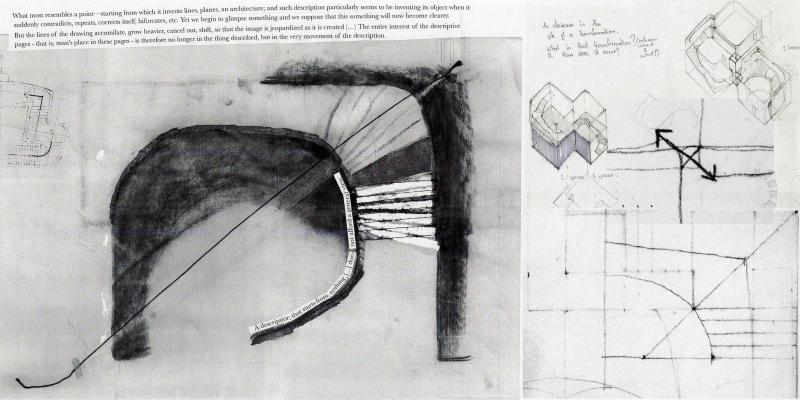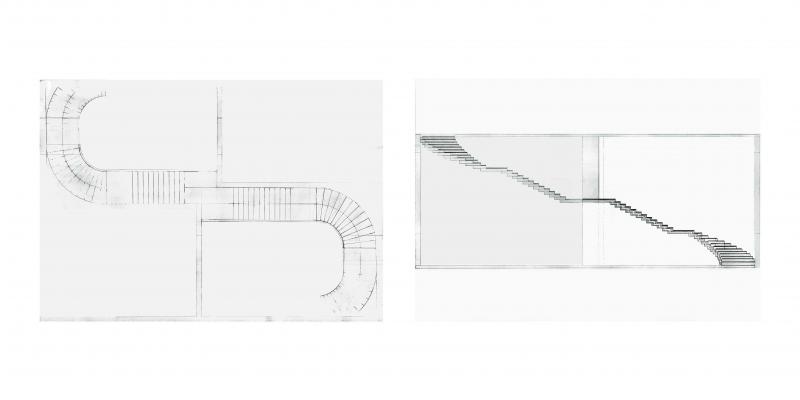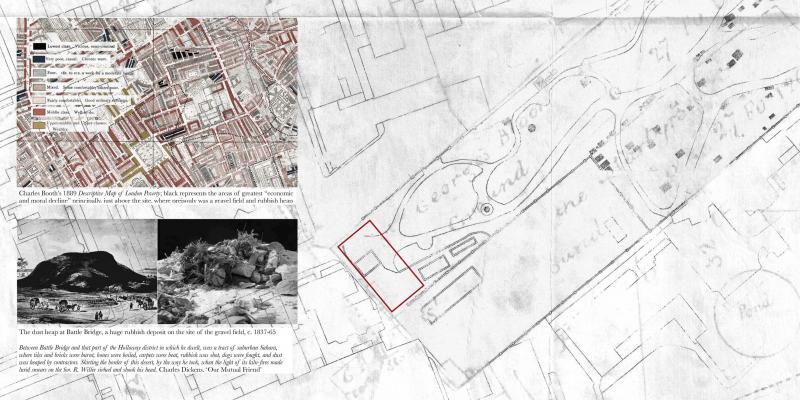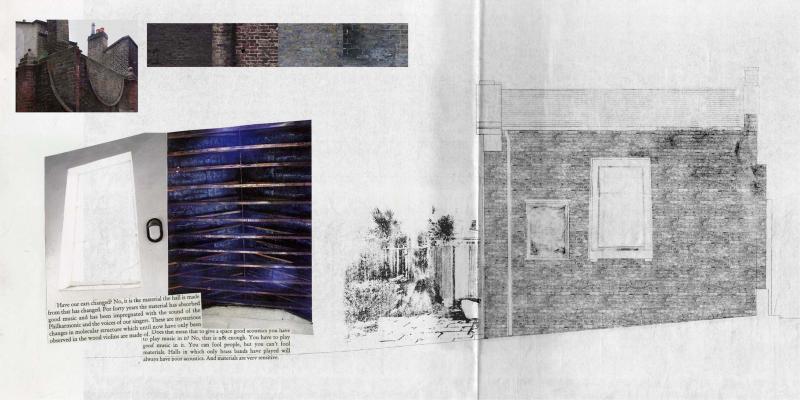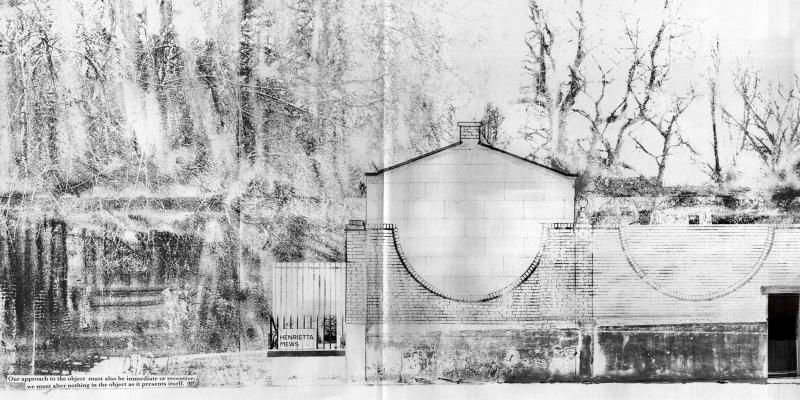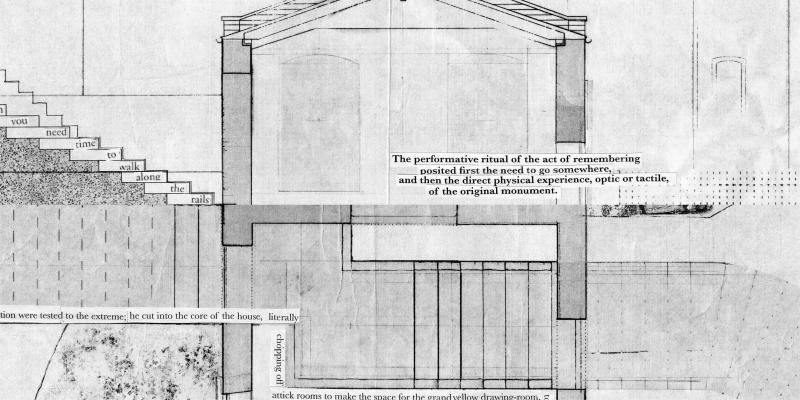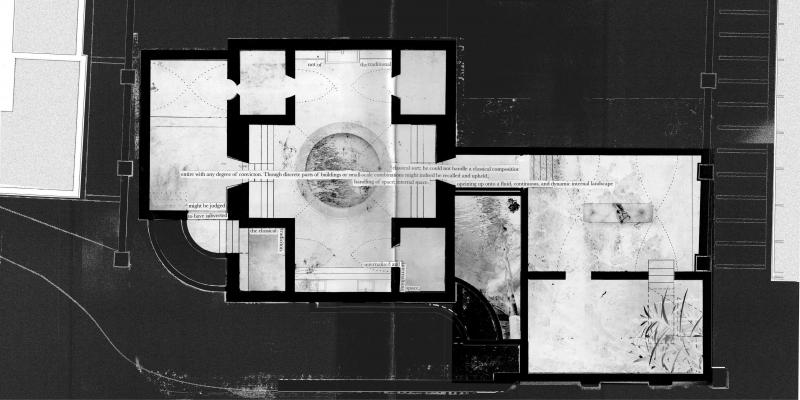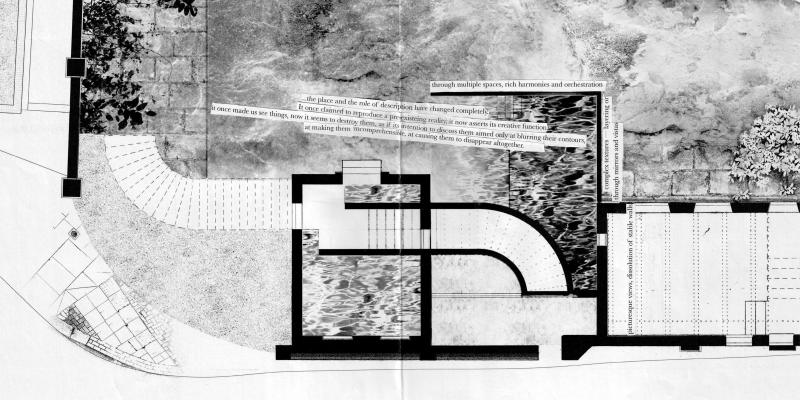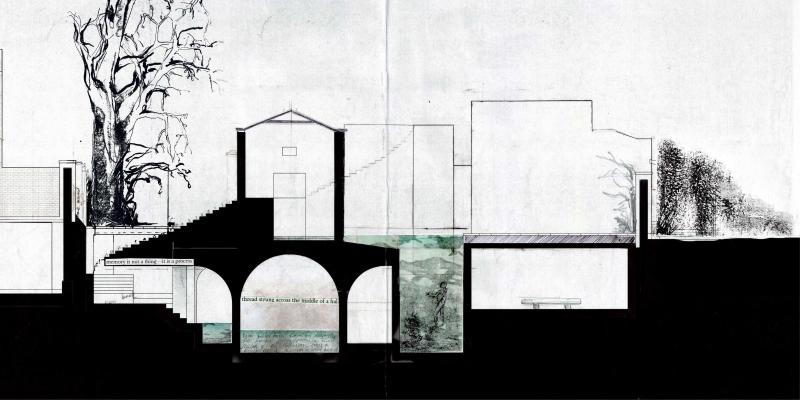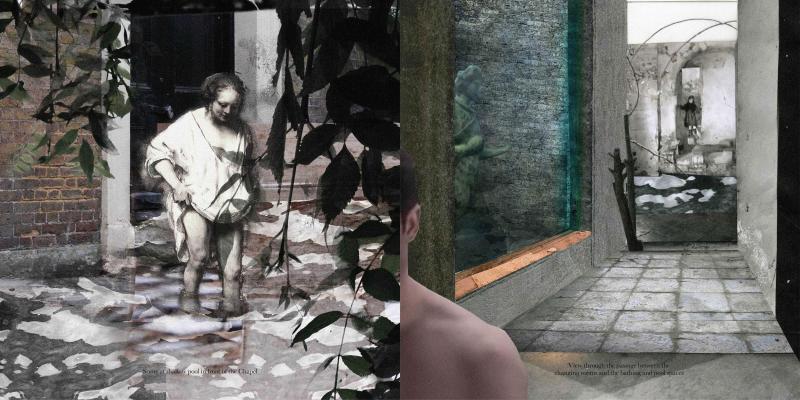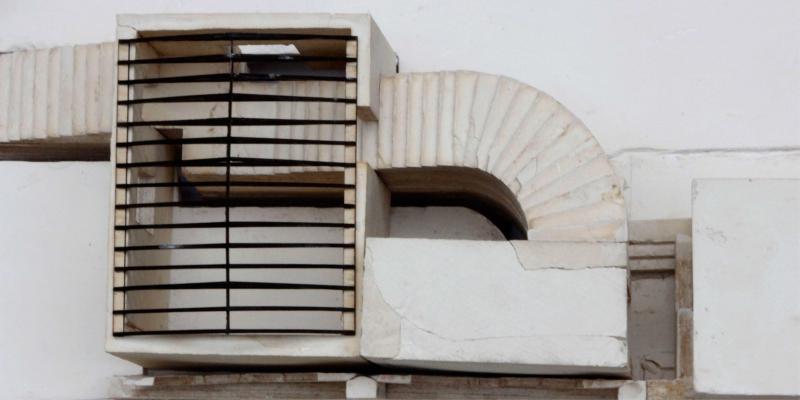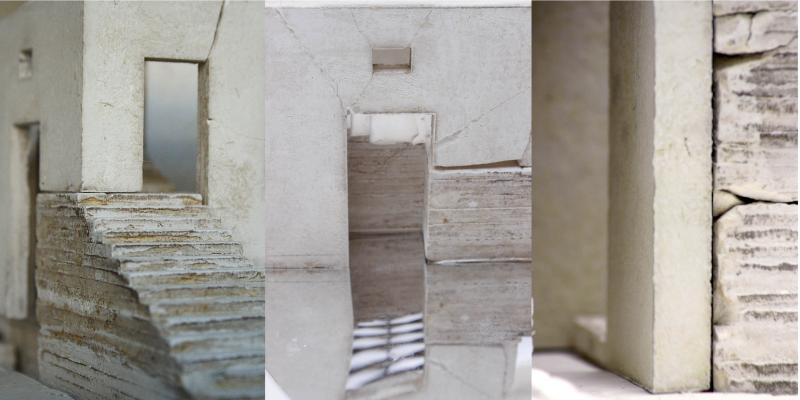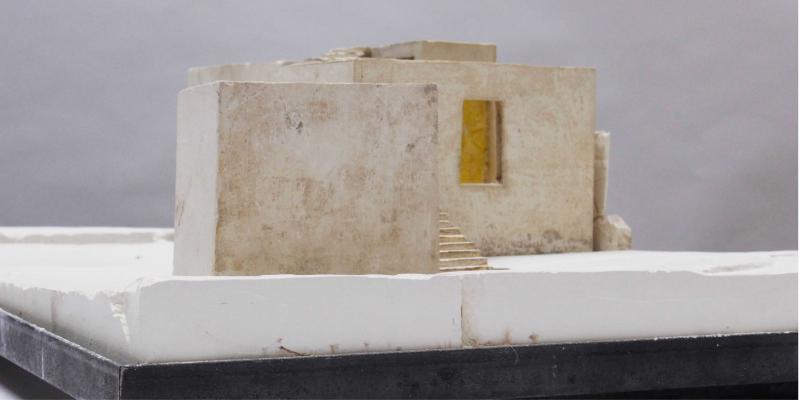Making Sense
(a bathhouse in Bloomsbury)
What is meant by ‘the language of architecture’? Language is more than style. The classical, for example, has a distinct and fixed vocabulary of forms and grammar of the orders. How does one find a distinct and articulate language today when one is faced with a multiplicity of dynamic relations rather than the certitude of stable forms?
The sensorial dimension of experience is called into the design process. It is known that senses process infinitely more information than one can ever be conscious of. Language is necessarily a making conscious, it is re-cognition. Through extended observation measurement and research material and contextual relations that persist outside those readily perceptible emerge and present themselves as design. It is left to the architecture to articulate, and the user to enact them.
He walked inside the garden along the 300yo wall that encloses it. A public place immersed in an internal state, a reverie induced while the senses are occupied by air, earth, broad trees casting diffuse shadows and tall willowy grasses steeped in low languorous light. “The performative ritual of the act of remembering posited first the need to go somewhere, and then the direct physical experience, optic or tactile, of the original monument.” The projected space is defined and experienced in the moment of articulation of relationships. Objects can only be known relative to other objects, and memory can only be brought forth by the re-enactment of those relations.
The continuous staircase
St George's Gardens, Bloomsbury, site plan
Have our ears changed?
west elevation
Henrietta Mews
east elevation
The act of remembering
Lower level plan
Ground floor plan
Memory is a process
section

